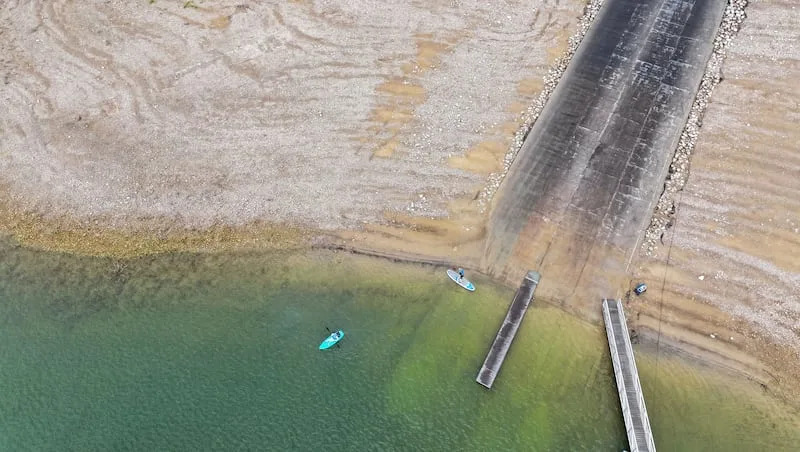
All of Utah is in varying stages of drought, reservoirs are shrinking and at least one secondary water provider is curtailing deliveries.
The Utah Division of Water Resources said since June 1, reservoirs have been drawn down at a rate that is double of what is normal.
“Reservoirs are our first line of defense against drought and are vital for our communities and ecosystems,” said Candice Hasenyager, division director. “The rapid decline we’re seeing is a clear signal that we must be more vigilant and use less water.”
The division also noted Utah’s population will double by 2065, so stretching the water supply is critical.
Traditionally, two-thirds of Utah’s growth has been from a “natural increase,” from the population having children.
But this percentage is declining, as more people are moving in.
“People have discovered Utah is a great place to live, work and play. Unfortunately, they don’t bring water with them. Conservation is crucial to ensuring we have water now and for future generations,” the division’s website said.
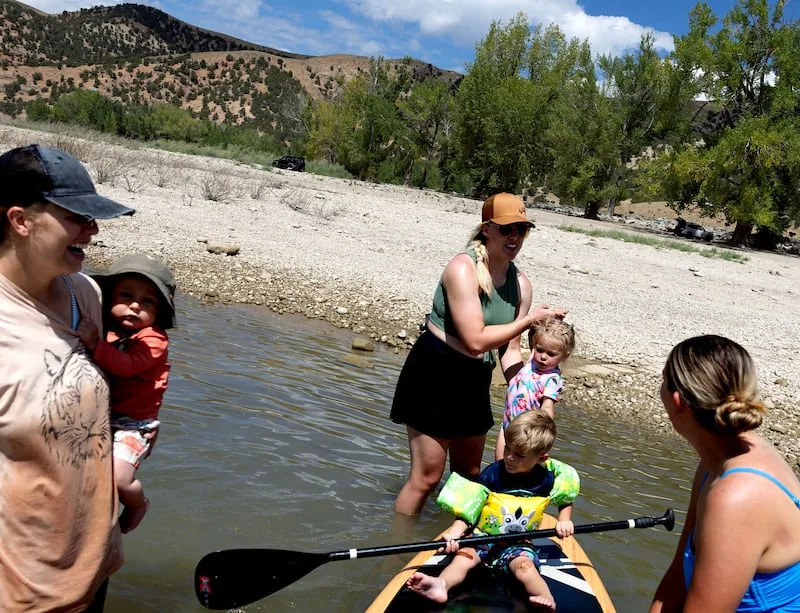
Hooper Irrigation is ending its secondary water season a month early — Sept. 15 — and has reduced allotments by half.
Scott Paxman, general manager of the Weber Basin Water Conservancy Water District, said he knows of no other irrigation company within the district’s service area that has taken those steps.
“We are not sure how they have gone through that much water that quickly,” Paxman said. “It was a surprise to us.”
He said the district has kept a close eye on its storage as well as other irrigation companies.
“If we can end the season with our reservoirs at 50%, we are in good shape.”
The drop in some reservoir levels is particularly concerning, said Michael Sanchez, spokesman for the division.
“It’s pretty wild how quickly they have drawn down,” Sanchez said.
Moon Lake, high in the Uinta Mountain Range, is typically low, but this year it is particularly bad.
It has gone from 63% of capacity to a mere 18%.
“It has just been a really, really dry year, more so than other years,” said Dex Winterton, manager of the Moon Lake Water Users Association.
Echo Reservoir, as an example, sat at 99% full in June and is now sitting at 53%.
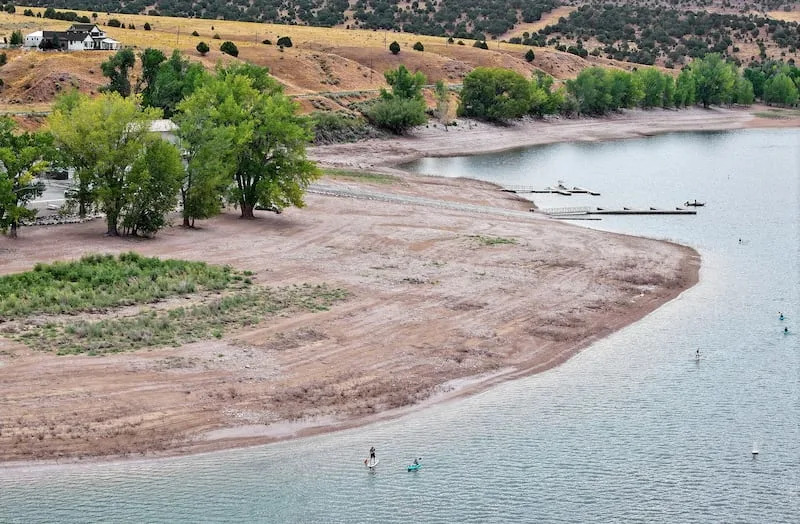
Paxman said that is typical, however. Echo is a one-season reservoir, and while it may fill, it very often has little “carryover” for the next year.
“It fills every year and generally drains every year,” he said. “Actually, northern Utah is doing pretty dang good.”
According to the U.S. Geological Survey, the Great Salt Lake peaked in mid-April at an elevation of 4193.6 and is now at 4191.6 feet.
But just over 80% of the state is in severe drought, according to the U.S. Drought Monitor and 14% is classified as being extreme.
The drought is aggravating the wildfire season, with arid landscapes setting up the ideal conditions for heightened activity.
In July, Utah Gov. Spencer Cox declared a 30-day state of emergency due to wildfires.
Earlier, he set aside a day of prayer and fasting for rain.
“Utah is facing a tough season, and we need both divine help and practical action,” Cox said at the time.
The governor reached out to faith leaders across religious traditions statewide, encouraging them to share the invitation with their congregations.
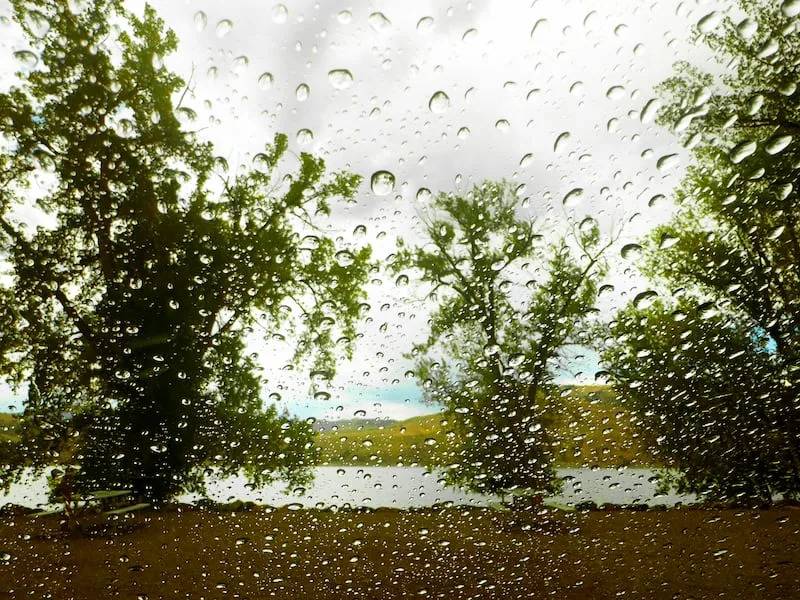
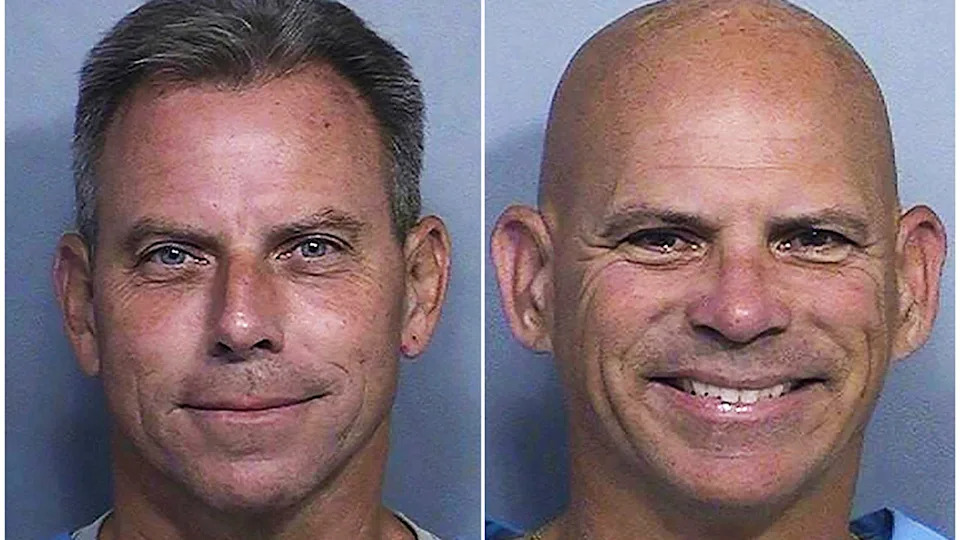
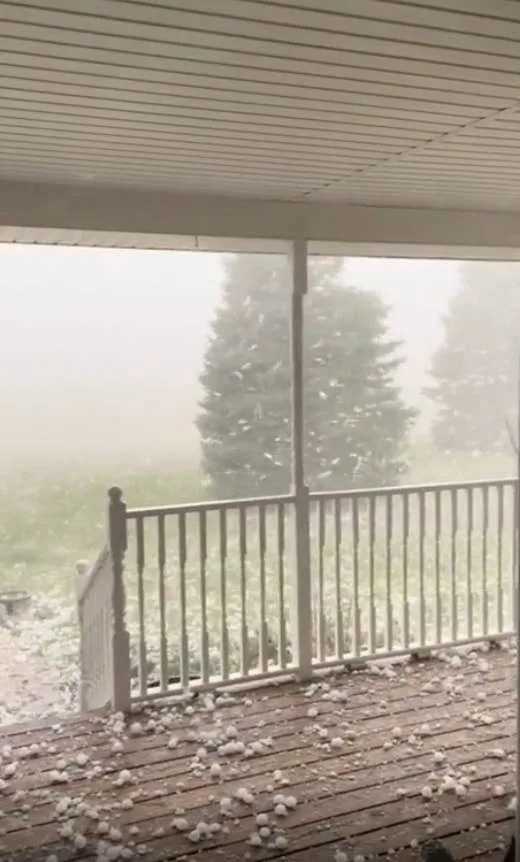





Comments